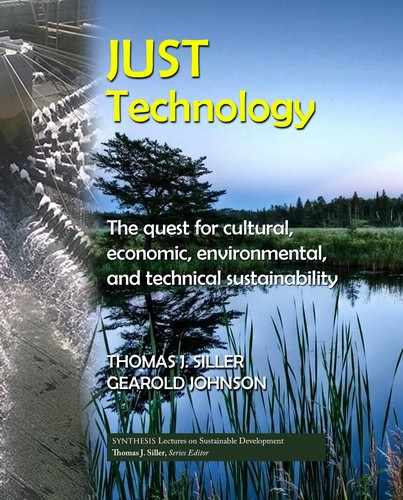
33
C H A P T E R 5
Question 1
5.1 INTRODUCTION
Our first step toward developing an approach to just technology is to translate the Just War princi-
ples into principles directed at Just Technology. e first Just War condition, or question, requires
a thorough analysis of the nature of the problem under consideration. For technology to be just
we must look very carefully at the nature of the problem being addressed. is first of four condi-
tions/questions helps us develop a better understanding of the problem. e approach developed
in this section will then be used for the remaining three just war conditions. Our eventual goal
is to extend existing design procedures to incorporate these principles in a manner that can lead
to more Just Technological designs—see Part III.
Here is the first of the Just War conditions that must be met. e intention of this con-
dition is to make sure that there is a valid reason for action to be taken in the first place.
JUST WAR: PRINCIPLE 1
“e damage inflicted by the aggressor on the nation or community of nations must be
lasting, grave, and certain.”
Now we can re-word this condition to focus on the types of problems or challenges that
are typically considered to be technical in nature.
JUST TECHNOLOGY: PRINCIPLE 1
Is the harm being inflicted by the problem on the community, the environment, or human-
ity, in general lasting, serious, and certain?
We have slightly modified the wording by changing grave to serious as this better fits the
rhetoric of technology. e intention of this question, similar to the Just War condition, is to
determine if there is a valid problem or challenge that needs to be addressed. How does one know
they are dealing with an important problem? Too often we start with solutions in mind and look
for a problem that fits our approach, whereas we should start with questions about the problem!
Our goal in asking this question is to help us better define a problem before embarking on the
path toward a technological solution. To properly answer this question requires that we broaden
the constituents we collaborate with and incorporate the multiple perspectives of sustainability.
is is not meant to discount or minimize the importance of the traditional constituents such
..................Content has been hidden....................
You can't read the all page of ebook, please click here login for view all page.
